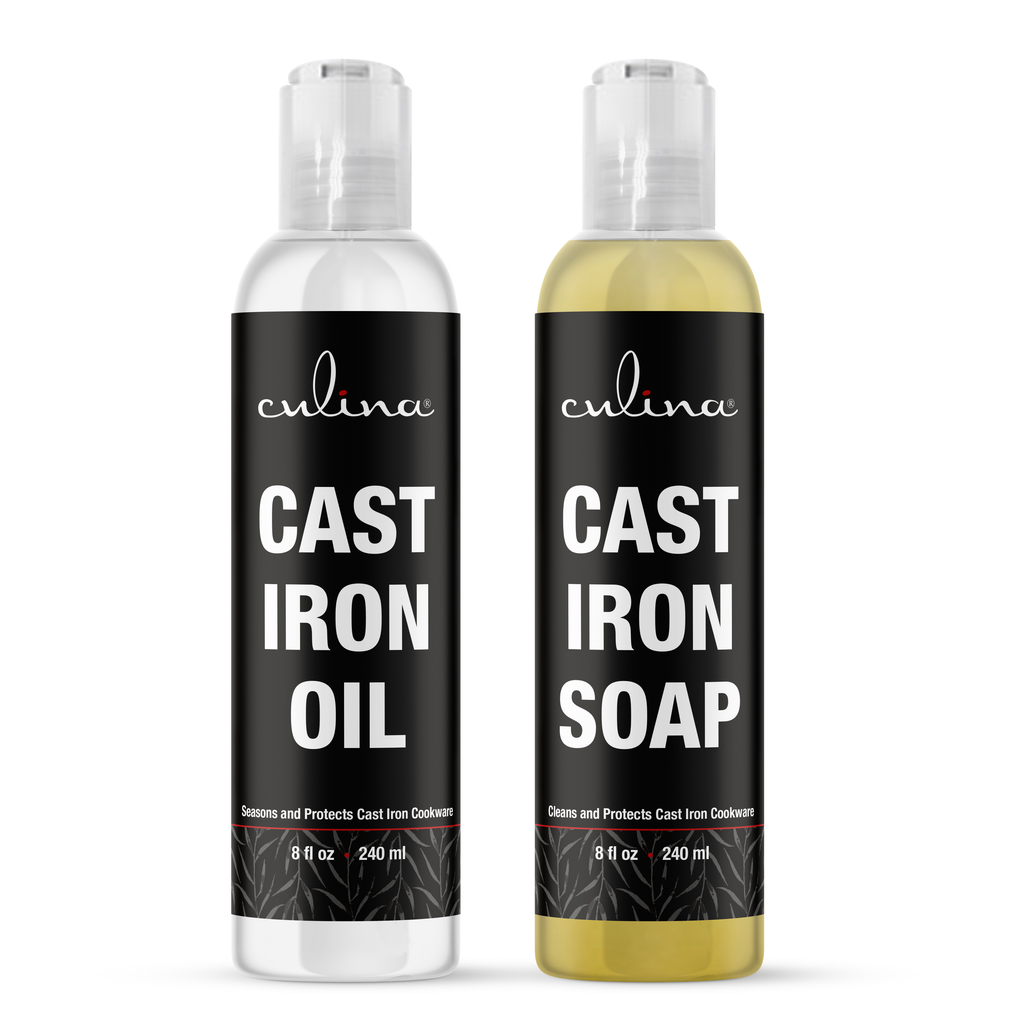How Is Soybean Oil Made? The Remarkable, Life-Changing Process
Soybean oil is a staple in many kitchens and beauty regimens, but have you ever wondered how is soybean oil made? This article aims to dissect the production process of this seemingly ordinary yet essential oil. For beauticians and health enthusiasts alike, understanding the intricacies of soybean oil can be a game changer.
This fascinating oil is derived from the seeds of the soybean plant and is recognized for its extensive health benefits. But before we delve into its multifaceted uses in the beauty industry, lets first look at the journey soybean oil undertakes from seed to bottle.

The Cultivation of Soybeans
Before soybean oil can even be produced, it starts with the cultivation of soybeans. The soybean plant, a member of the legume family, thrives in warm, temperate climates. Farmers typically plant soybean seeds in spring when the soil temperature reaches 55F (approximately 13C). The plants grow rapidly, reaching maturity in about 80 to 120 days, depending on the climate and variety.
For beauticians looking to incorporate natural oils into their services, understanding the agricultural practices surrounding soybeans can provide insight into their quality and purity. Organic farming methods can lead to superior oil that retains more nutrients.

Harvesting the Soybeans
When the soybeans reach their peak maturity, farmers harvest them. This is done using specialized machinery called combines. The harvested soybeans are then transported to processing plants. At this stage, they undergo cleaning to remove dirt, debris, and any damaged beans. It is crucial for the quality of the extracted oil that only healthy beans are processed.

Extraction of Soybean Oil
Next, the cleaned soybeans are subjected to various extraction methods to obtain the oil. The two most common methods are mechanical extraction and solvent extraction.
Mechanical Extraction
In mechanical extraction, the soybeans are heated and then pressed using large mechanical presses. This method, while less efficient than solvent extraction, retains more of the beans nutrients and is often preferred for less processed, organic oils.
Solvent Extraction
On the other hand, solvent extraction involves the use of chemical solvents, typically hexane, to extract the oil. After the oil is extracted, it's essential to refine it to remove the solvent and any impurities left behind.

Refining Soybean Oil
Once the oil has been extracted, it undergoes a refining process to enhance its quality and shelf life. Refining involves several steps:
Degumming
Degumming removes phospholipids and other impurities that can affect the oil's clarity.
Neutralization
This step eliminates free fatty acids, which can cause the oil to turn rancid more quickly.
Bleaching
In bleaching, the oil is treated with absorbent clays to remove color pigments.
Deodorization
Finally, the oil is deodorized through steam distillation, making it suitable for culinary and cosmetic uses.
Uses of Soybean Oil in Beauty
Now that we understand how is soybean oil made, lets explore its applications in the beauty industry. Soybean oil is rich in essential fatty acids and vitamins, making it an exceptional moisturizer for skin and hair.
Skin Benefits
Due to its emollient properties, soybean oil helps to hydrate and soften the skin. It is ideal for treating dry skin, and its anti-inflammatory components can aid in soothing irritated skin.
Hair Care Benefits
For hair care, soybean oil strengthens and adds shine, making it a suitable ingredient in various hair products. Its high protein content can also contribute to restoring damaged hair.
Environmental Impact of Soybean Oil Production
As beauticians increasingly choose sustainable products, its essential to consider the environmental impact of soybean oil production. The soybean industry can contribute to deforestation and biodiversity loss if not managed responsibly. Advocating for sustainable farming practices helps improve the longevity of our planet.
Conclusion
In conclusion, understanding how is soybean oil made goes beyond merely knowing the extraction process; it encompasses the cultivation, harvesting, and refinement stages. This knowledge enhances a beauticians ability to choose the best products for their clients. Educating your clients about the benefits and uses of soybean oil can position you as a trusted resource in your beauty practice.
For more information on other oils and their uses, check out this article on soybean oil uses and for understanding the health implications of oils, visit vegetable oil benefits.
FAQs
1. Is soybean oil good for the skin?
Yes, soybean oil is rich in fatty acids and aids in moisturizing and nourishing the skin.
2. Can I use soybean oil on my hair?
Absolutely! Soybean oil can help strengthen and add shine to your hair.
3. How can I tell if soybean oil is of high quality?
High-quality soybean oil should be clear and have a pleasant smell. Look for organic options for better quality.
As an Amazon Associate, I earn from qualifying purchases.

